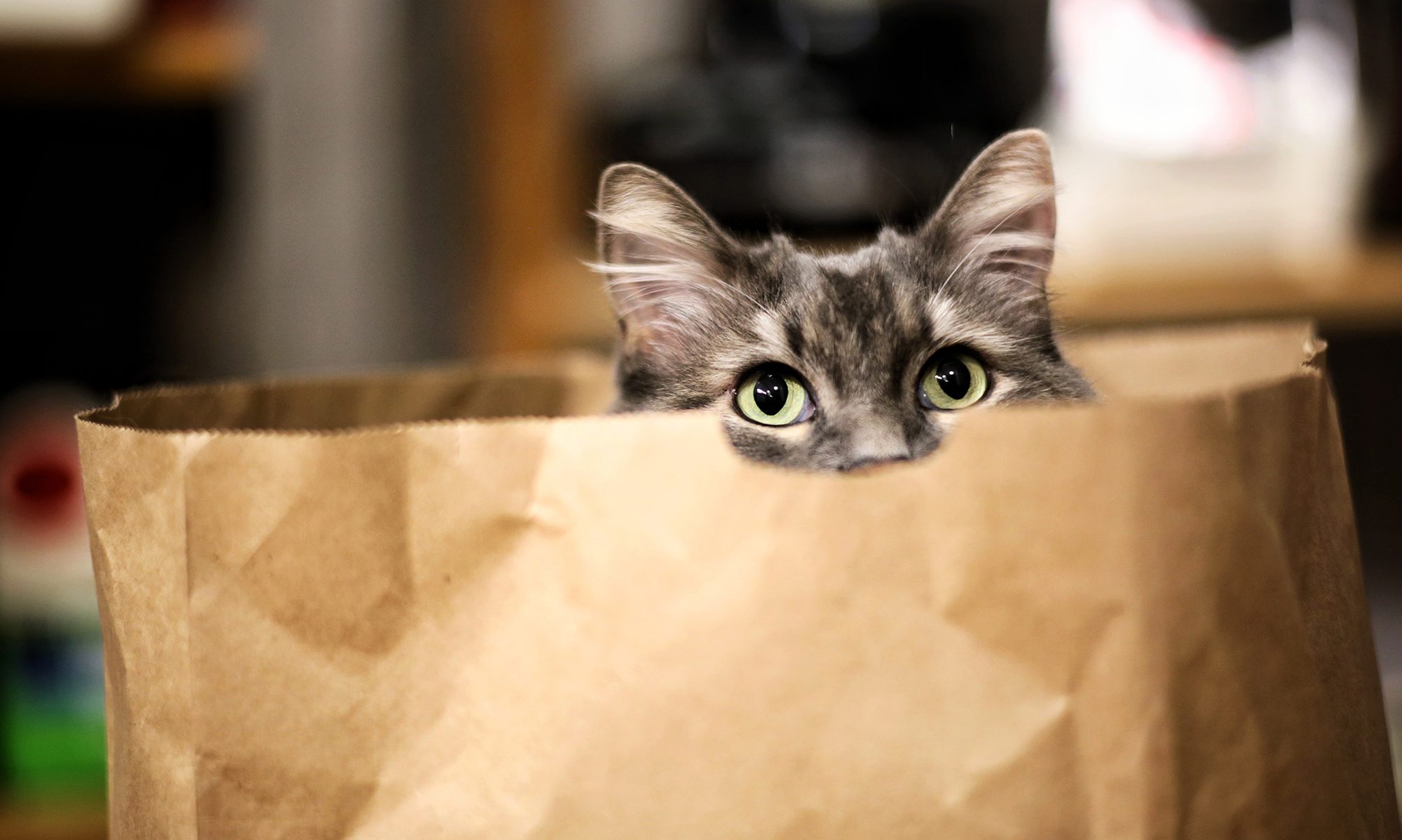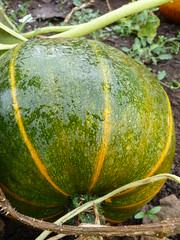 One of the first things the vet gave me to give to Eric was Renafood, a supplement consisting of various detoxifiers, including beet juice. I’m skeptical that it actually does anything for two main reasons:
One of the first things the vet gave me to give to Eric was Renafood, a supplement consisting of various detoxifiers, including beet juice. I’m skeptical that it actually does anything for two main reasons:
1. I feel doubtful about the efficacy of herbal detoxification in general, partly stemming from a skepticism about the quality control and potency of the herbs in any given supplement, and partly stemming from skepticism that herbal detoxification actually works in the way described. I mean, look: my cat’s kidneys are fucked. Thoroughly, utterly fucked. I’m not sure how or why minute amounts of carrot and beet might help him filter waste material more effectively, unless they’re somehow rebuilding his nephrons for him.
2. The logic of some of the claims presented in the Renafood information sheet. So, Renafood contains bovine kidney extract. That extract apparently holds “tissue cell determinants” that will instruct the kidneys to Shape Up, Son. I have no idea what a “tissue cell determinant” is, though I have a very vague memory of learning about cell fate determination—thanks, high school biology! But the information sheet doesn’t give any sort of helpful definition of what these tissue cell determinants do other than talking about something that sort of vaguely sounds like cell fate determination. Quoting from the information sheet:
The bovine kidney PMG extract found in Renafood contains cellular determinants that regulate cell activities. Genetic coding determines the proteins unique to cells in each tissue, gland and organ. Cellular proteins are the foundation of the cell’s nutrition. Similarly, bovine kidney contributes innumerable materials produced in the organ itself, such as acids, enzymes and hormone precursors—each captured and preserved to offer their innate benefits to the corresponding tissues in humans to promote optimal health.
Huh. That sure sounds like a fancy way of saying…nothing much. Prepare for a bulleted list!
- The first sentence makes an assertion that the cell determinants in Renafood regulate activities, and the next sentence is a more-or-less correct statement about cell fate determination, but doesn’t tell me how Renafood affects the genetic coding of cells.
- The sentence after that reads like a complete non-sequitur. Cellular proteins may or may not be the foundation of a cell’s nutrition (I don’t know enough about biochemistry to begin unraveling what this deceptively simple sentence means), but how does that relate to the thesis sentence or to the conclusion?
- Furthermore, what do they mean by “cellular proteins,” especially in this context?
- The first part of the last sentence is more-or-less true, because it’s essentially talking about the kidney extract providing proteins, fats and vitamins, but you can feed real food (like, oh, I don’t know, fresh kidney) and, if the Renafood claims are true, get the same effect.
- This information sheet from Standard Process explains what cell determinants do and how they relate to protomorphogens (which is apparently what constitutes the bovine kidney extract in Renafood), but it sounds even more gobbledegooky. The cell determinants in protomorphogens are apparently the mineral templates on which chromosomes are constructed. This is, near as I can determine (and I’ve confirmed this with biochemist friends just to make sure I didn’t miss something about cell biology) complete nonsense. Seriously.
- I’ve read the info sheet through three times, and I’m still not entirely sure how Renafood keeps cells healthy or helps regenerate cells, because I don’t see how the leap from digestive system to bloodstream to cell division is made—there’s a lot of talk about “affinity” and thermostability and how important cell determinant are, but very little actual science. The most credible-sounding scientific bits aren’t supported by any references, and most importantly, they’re not connected to how the supplement’s supposed to work. Speaking as a former technical writer, this is probably the shoddiest bit of technical writing I’ve ever seen.
- It doesn’t help that Royal Lee, the founder of Standard Process, has been prosecuted for criminal misbranding. The FDA has in the past characterized him as “probably the largest publisher of unreliable and false nutritional information in the world.” Given how lackadaisical the FDA has been and continues to be about food and drug regulation, these aren’t just fightin’ words, them’s strong fightin’ words.
- Taken as a whole, it sounds like Standard Prociess is claiming that eating Renafood will somehow stimulate kidney cells to work better through a mysterious process involving “cellular determinants.” If that’s not science-esque, I don’t know what is. (“Science-esque 2: This time, it’s not Science-esque 1!”)
In short: I’m not sure I buy into the idea that this does anything. I’m giving it to Eric right now because he loves it, and it doesn’t contain anything that seems overtly harmful. But my woo-woo meter is on alert, and if you want to save yourself $16, I’d argue that this supplement doesn’t do anything other than provide a nice source of vitamin A and a tasty snack.


